How To Soundproof a Noisy Window? 5 Effective Ways
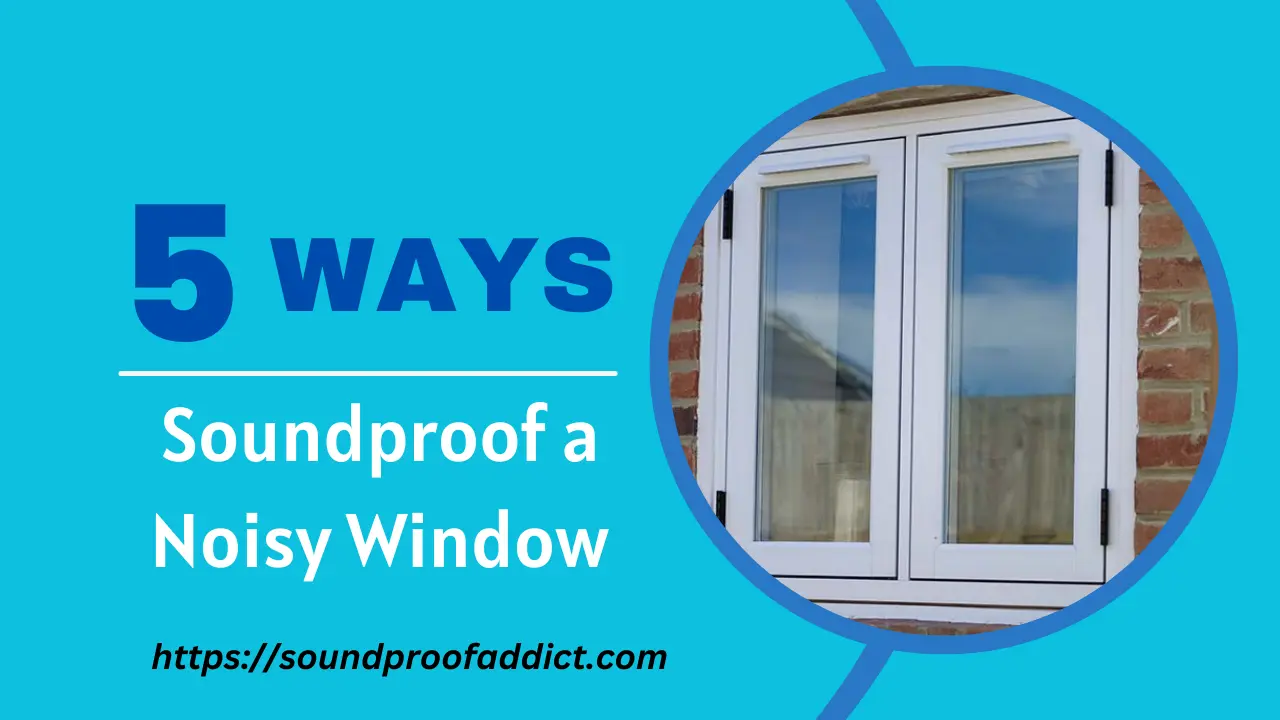
Noisy neighbors, outside traffic, or a busy street can make it nearly impossible to get a good night’s rest.
Thankfully, there are some great ways to soundproof a noisy window so you can get the peace you deserve!
In this blog post, we’ll discuss five excellent methods to soundproof a noisy window and provide tips and tricks on how to do it most effectively.
Read on to learn how to soundproof a noisy window and get the restful sleep you need.
5 Ways to Soundproof a Noisy Window
Here are that 5 excellent ways for noisy window soundproofing:
1: Seal the Window Gaps with Acoustic Caulk
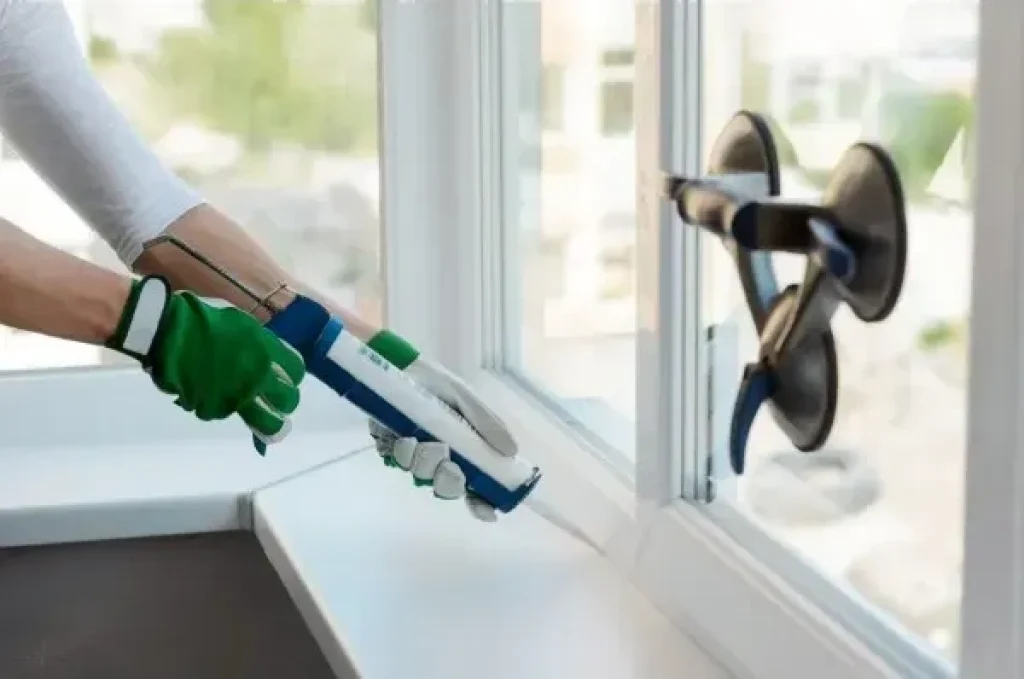
One of the easiest ways is a go-to solution to soundproof a noisy window is by using acoustic caulk.
This specialized sealant is made from a special blend of materials and designed to keep unwanted noise at bay by creating an airtight barrier. It’s super easy to apply, and the results are remarkable.
Here’s a simple step-by-step guide to using acoustic caulk effectively:
Step 1: Clean the Window Area
Start by giving the window area a good cleaning. This simple act of preparation sets the stage for success. Clear away the dirt and dust, creating a fresh canvas for your soundproofing efforts.
Step 2: Apply Acoustic Caulk
Now, it’s time to unleash the power of acoustic caulk. With a caulk gun in hand, squeeze a steady bead of caulk along the edges of the window frame. Keep in mind to fill in any gaps or cracks that are present whether it is small or big.
Step 3: Smooth Out the Caulk
To ensure a proper seal, take your finger or a caulk smoothing tool and gently smooth out the caulk. This will not only improve its appearance but also ensure an even distribution, creating a tight barrier against noise.
Step 4: Allow to Dry
Give the acoustic caulk some time to work its magic. Let it dry for at least 24 hours before opening or closing the window. This allows the caulk to cure completely and form a strong seal.
That’s it! With these simple steps, you can significantly reduce noise intrusion through your window. Acoustic caulk is an effective and budget-friendly solution that can make a noticeable difference.
By the way, if you don’t have acoustic caulk available, alternatives like weatherstripping or silicone sealant can also help.
However, in my experience, acoustic caulk delivers the best results when it comes to soundproofing your noisy window. So, go ahead and give it a try.
2: Install Soundproof Blinds
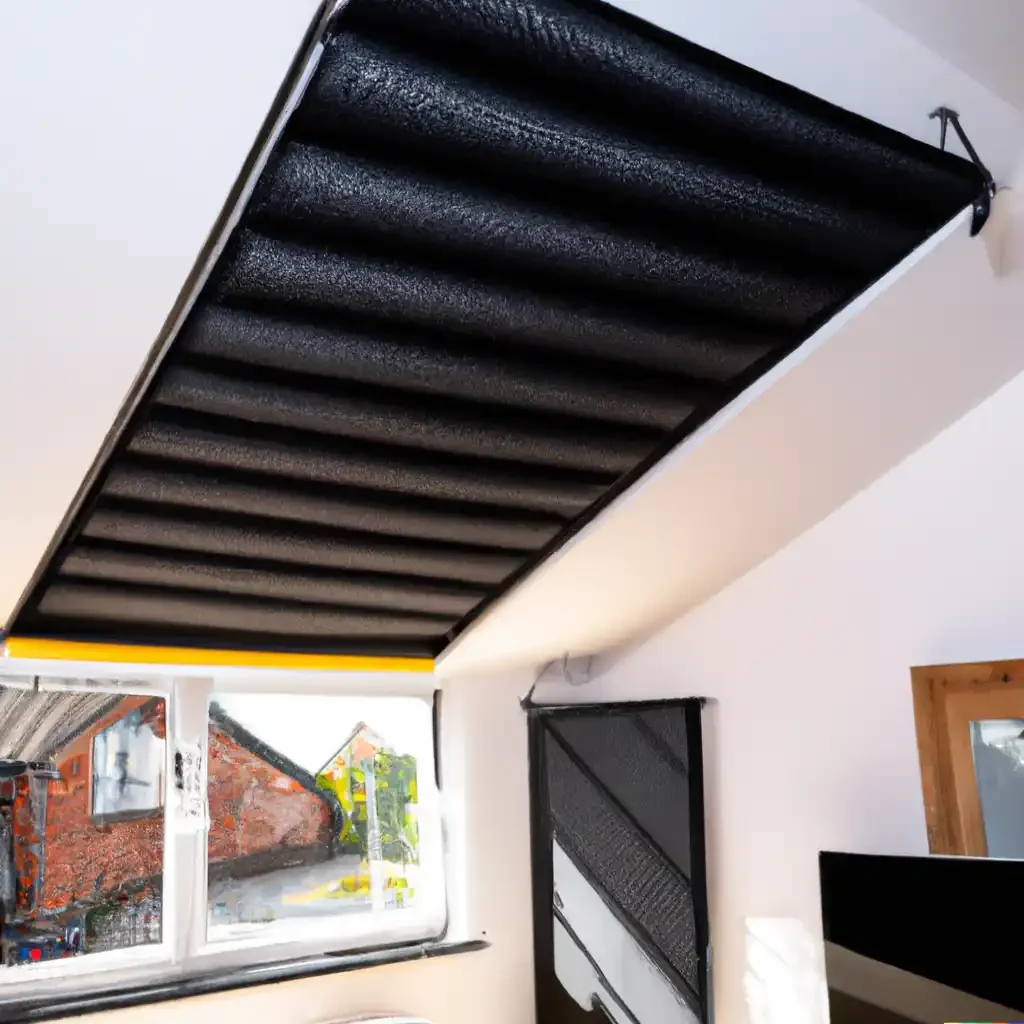
Blinds can be a great option for soundproofing a noisy window. They can significantly reduce noise infiltration through your windows.
If you really want to soundproof your windows without the need for replacements or just looking for an affordable and non-permanent way to do it, this option is a perfect fit for you.
But remember, choosing the right blinds and installing them properly is key to maximizing their noise reduction capabilities.
Let’s dive into some easy-to-follow tips:
1. Opt for Dense and Heavy Materials
When it comes to choosing soundproof blinds, look for materials that are dense and heavy. This will help to absorb and block out more noise.
Options like wood or composite blinds can work well. Avoid thinner, flimsier materials like aluminum or vinyl, which won’t be as effective at soundproofing.
2. Hang Them Close to the Window
For maximum noise reduction, hang your blinds as close to the window as possible. Consider mounting them on the outside of the window frame, rather than inside.
This additional space acts as an extra sound barrier, helping to keep unwanted noise at bay.
3. Fully Extend and Close the Blinds
When it’s time to shut out the noise, make sure to fully extend and close your blinds.
This ensures the best sound barrier, blocking as much noise as possible from entering your space.
4. Combine with Thick Curtains
If you want to get an extra boost in noise reduction, pair your soundproof blinds with thicker, heavier soundproofing curtains.
Layering these window treatments will create an additional sound barrier and enhance the overall quietness of your room.
By following these tips, you’ll be well on your way to a quieter environment. Soundproof blinds have the potential to make a significant difference, with some people reporting up to a 27 dB of reduction in noise. So, choose wisely, install carefully, and enjoy the tranquility!
3: Install Secondary Glazing
Have you ever heard of the term secondary glazing? It’s by far the most effective and my favorite way to reduce noise in any windows.
If you’re not familiar with it, here’s the lowdown:
So, just how effective is double glazing at reducing noise? Brace yourself, because it can work wonders! It can slash noise levels by up to a whopping 45 decibels (db) or even more.
To put that into perspective, a normal conversation hovers around 60 dB, while a bustling street can reach 80 dB or higher.
With double glazing, you can kick noise to the curb and enjoy some much-needed peace and quiet.
Now, you might be wondering about the cost. Well, it can vary depending on your window size and the type of double glazing you choose, but you can expect to pay anywhere from a few hundred to a few thousand dollars.
But the investment is totally worth it! Double glazing also brings other benefits like improved insulation and energy efficiency.
That means lower heating and cooling bills in the long run, saving you some hard-earned cash. Now, the big question: should you hire a professional or go the DIY route?
While it’s technically possible to install double glazing yourself, I recommend calling in the experts. Why?
Because they’ve got the skills and tools to measure, cut, and install the double glazing with precision. They’ll make sure it fits perfectly and delivers maximum soundproofing magic.
So, why wait? Go and take action and turn your home into a haven!
In my perspective, secondary glazing is best option for single-glazing window soundproofing and for acoustic-proofing old windows.
4: Apply Window Films for Noise Reduction
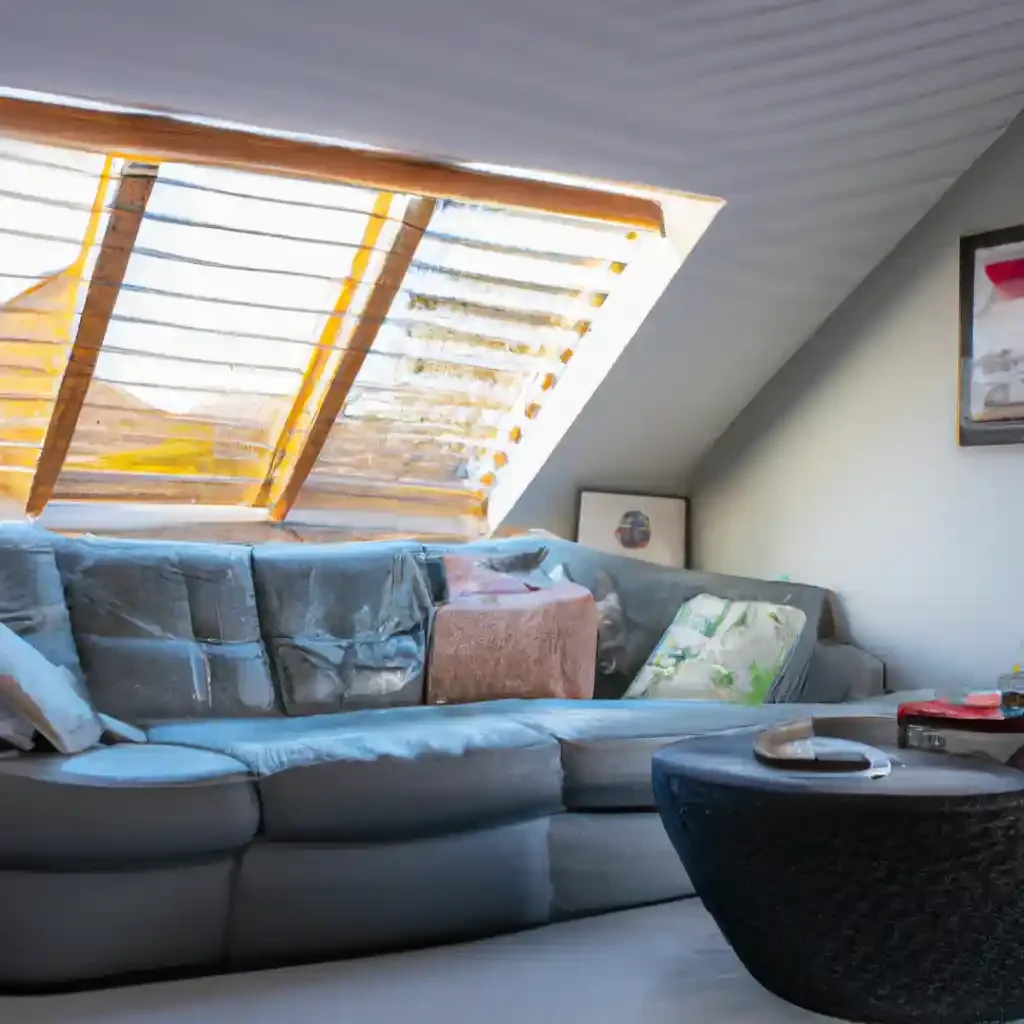
You might want to consider applying window films to soundproof your noisy window. (Read: Soundproof sash windows)
These magical films not only block out noise but also shield you from UV rays and keep your space cooler. Plus, they won’t break the bank, making them a fantastic option for noisy window soundproofing.
But hold on, how do you choose the right window film for soundproofing? Here’s the deal: look for a film with a high sound transmission class (STC) rating.
This rating tells you how much sound the film can block out. The higher the rating, the better the soundproofing. Aim for the stars, or rather, the highest STC rating you can find!
Once you have window film, it is time to apply it. Follow these simple steps:
- Start by giving your window a thorough cleaning. Take a window cleaning solution and a trusty microfiber cloth to clear dust, dirt, and grime. It is important!
- Next, measure your window’s size and cut the film accordingly.
- Then, peel off the backing from the film and carefully apply it to the window. Use a squeegee to smooth out any bubbles or wrinkles along the way.
- Once you apply it, trim any excess film using a sharp knife or scissors. Now, you are done!
Pro tip: For top-notch results, make sure the film is applied smoothly without any bubbles or wrinkles. Those little imperfections can diminish its soundproofing powers. Also, for better soundproofing, you can apply a second layer of film for even better noise reduction.
Moreover, you can use soundproof films to reduce noise in a rental window.
5: Create a DIY Window Plug
If you’re looking for a cost-effective way to noise sliding windows or a noisy window, creating a DIY window plug may be your best option.
Essentially, a window plug is a piece of insulation that can be placed in your window frame to help reduce outside noise.
The concept of using a window plug for soundproofing has been around for many years, and it’s an effective way to reduce noise levels in your home and soundproof a noisy window.
Creating a DIY window plug is a simple and affordable process. Here’s a step-by-step walkthrough to creating a window plug for soundproofing:
Materials you will need:
- Plywood or MDF (medium-density fiberboard)
- Tape measure
- Saw or circular saw
- Screwdriver or drill
- Screws
- Acoustic foam or mass loaded vinyl
- Acoustic caulk or weatherstripping
- Paint or sealant (optional)
Step 1: Measure the Window
Start by measuring the dimensions of your window. Measure the width, height, and depth of the window frame.
Step 2: Cut the Plywood/MDF
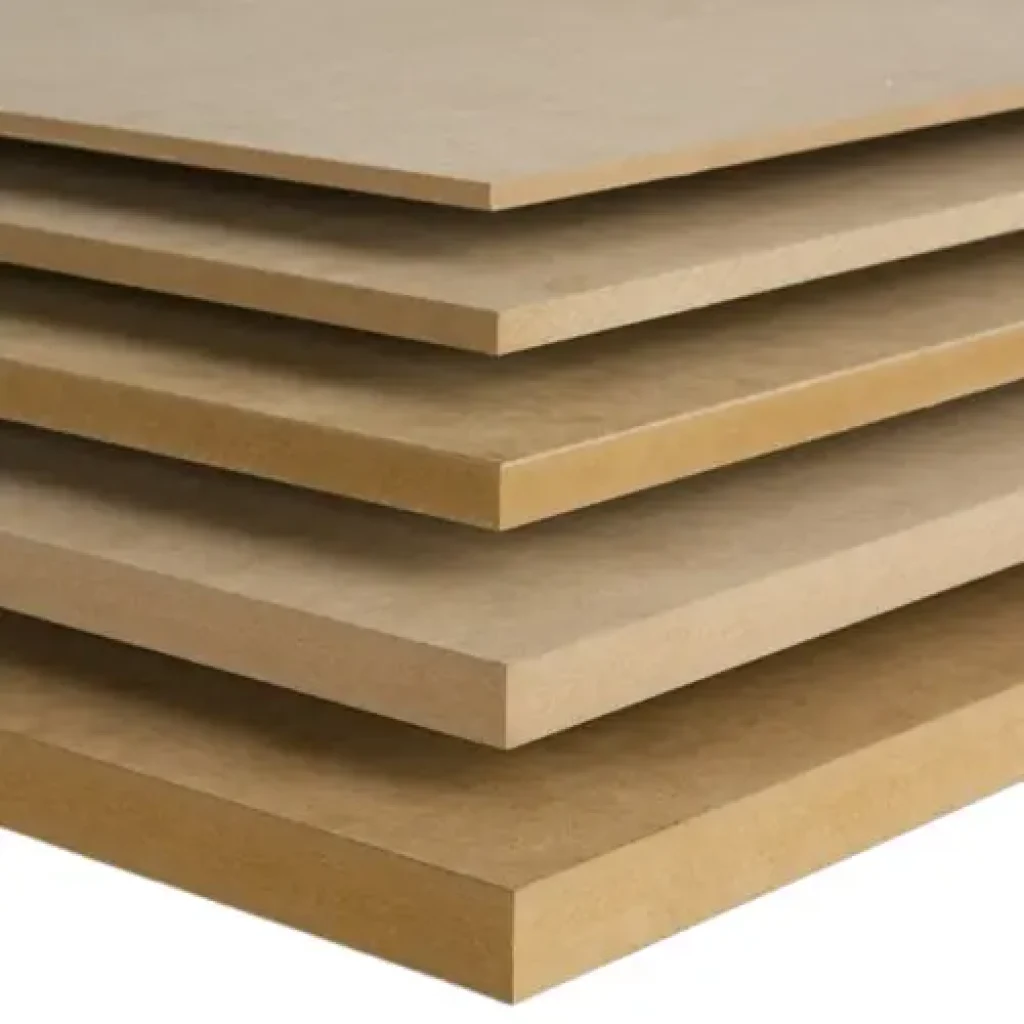
Using a saw or circular saw, cut the plywood or MDF to match the measurements of your window. Cut two pieces—one for the front and one for the back of the window plug.
Step 3: Add Acoustic Material
To enhance soundproofing, you can attach acoustic foam or mass loaded vinyl to the front and back of the plywood/MDF. Cut the acoustic material to the same size as the plywood/MDF and attach it securely using adhesive or screws.
Step 4: Install Weatherstripping
To create a tight seal between the window plug and the window frame, install weatherstripping along the edges of the plywood/MDF. This will help prevent sound leakage. Alternatively, you can use acoustic caulk to seal any gaps between the plug and the window frame.
Step 5: Fit the Plug into the Window
Carefully place the window plug into the window frame. Make sure it fits snugly and creates a tight seal.
Step 6: Secure the Plug
To keep the window plug in place, you can screw it directly into the window frame or use brackets to hold it securely. Ensure that the plug is firmly attached and doesn’t move or rattle when subjected to vibrations.
Step 7: Optional Finishing Touches
If desired, you can paint the plywood/MDF and seal the edges to give the window plug a more finished appearance. This step is optional but can improve aesthetics.
That’s it! By following these steps, you should be able to create a window plug and soundproof your noisy window.
Read further: 6 Effective ways to make a bay window soundproof
Conclusion: Soundproofing a Noisy Window
In conclusion, we’ve explored five excellent ways to soundproof a noisy window and create a more peaceful environment.
From acoustic caulk and soundproof blinds to window films, double glazing, and DIY window plugs, there’s a solution for every budget and preference.
Recapping our soundproofing methods:
- Acoustic caulk: Seal gaps and cracks around the window frame for effective noise reduction.
- Soundproof blinds: Choose dense and heavy materials, hang them close to the window, and consider combining with curtains for enhanced results.
- Window films: Apply a film to the glass to block out noise, UV rays, and reduce heat.
- Double glazing: Install two panes of glass with an air or gas layer in between to create an additional sound barrier.
- DIY window plug: Create a custom insulation piece to fit snugly in the window frame and minimize noise infiltration.
Now, armed with these soundproofing techniques, it’s time to take action and reclaim the peace and quiet you deserve.
We hope you found it informative and helpful. If you want to dive deeper into the world of soundproofing and explore more ways to improve your living space, be sure to check out our other articles.
Here are some of them related to soundproofing a window:
Together, let’s create a quieter and more enjoyable environment!
Thank you again for reading, and happy soundproofing!
